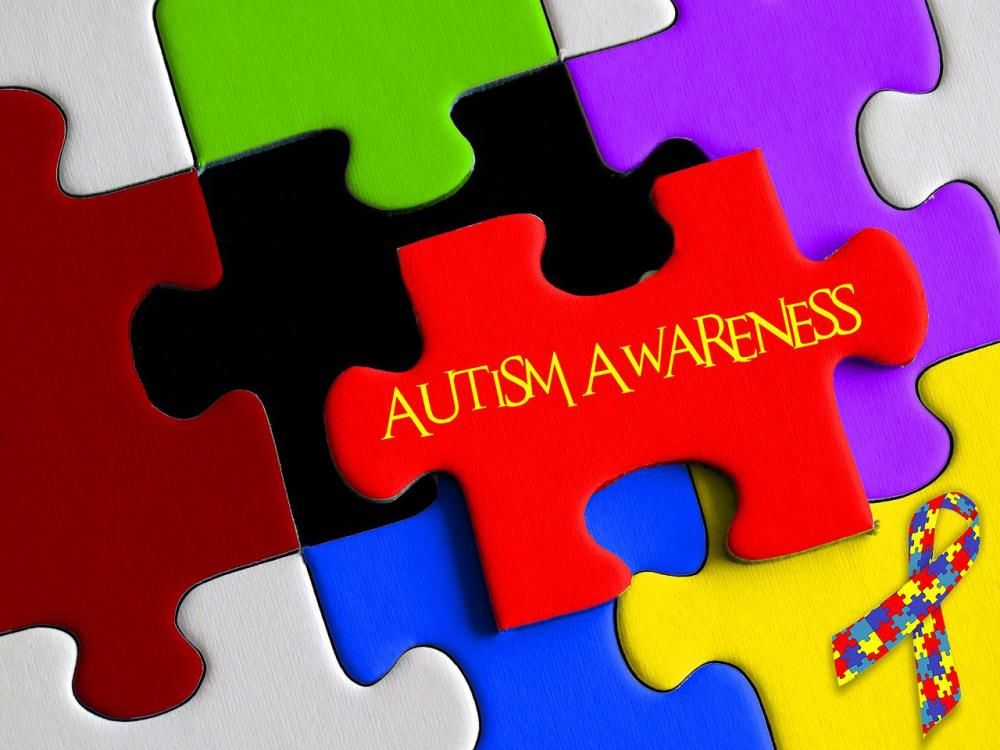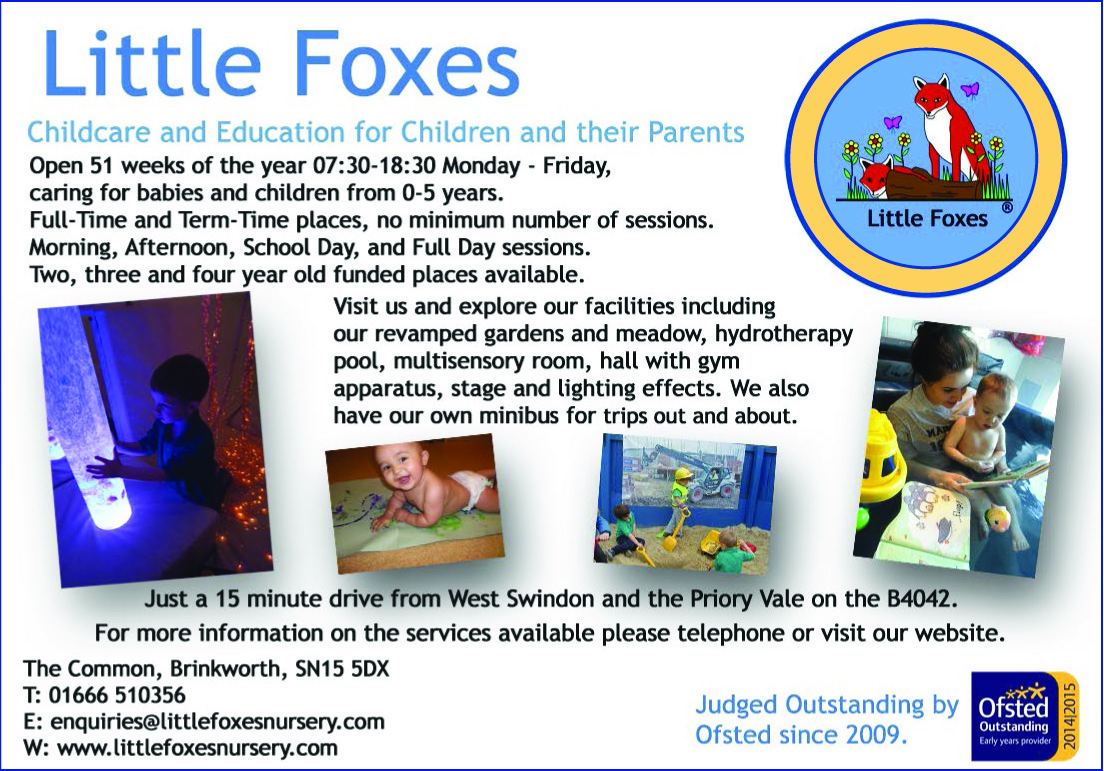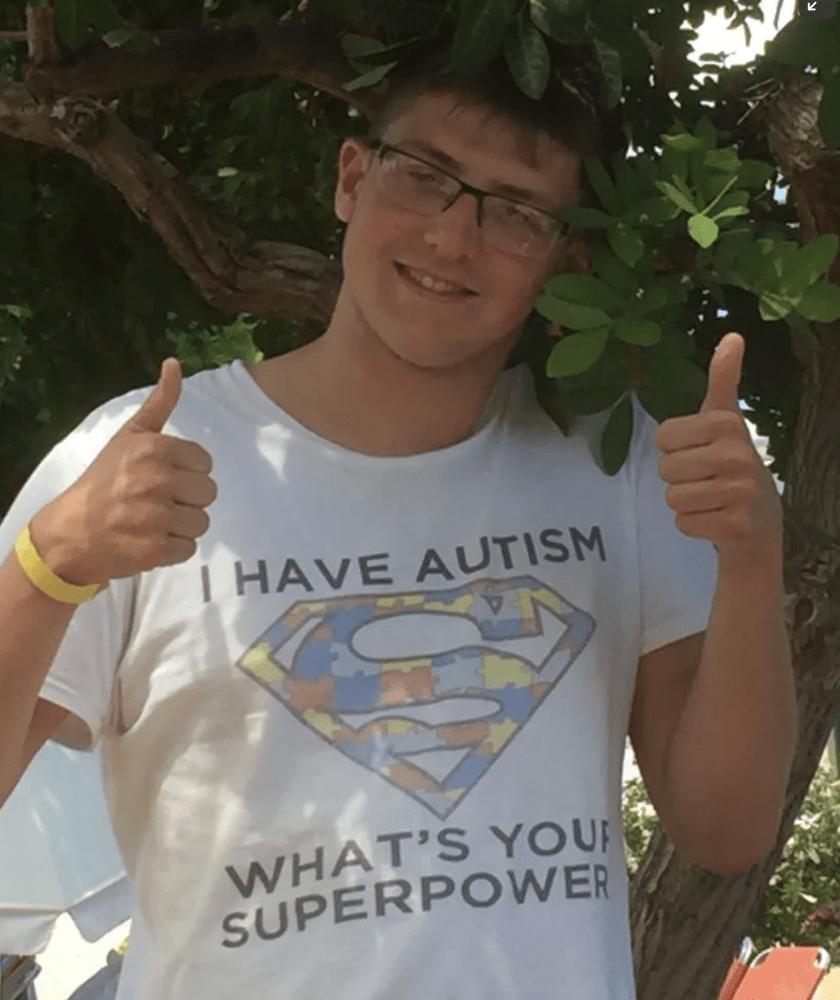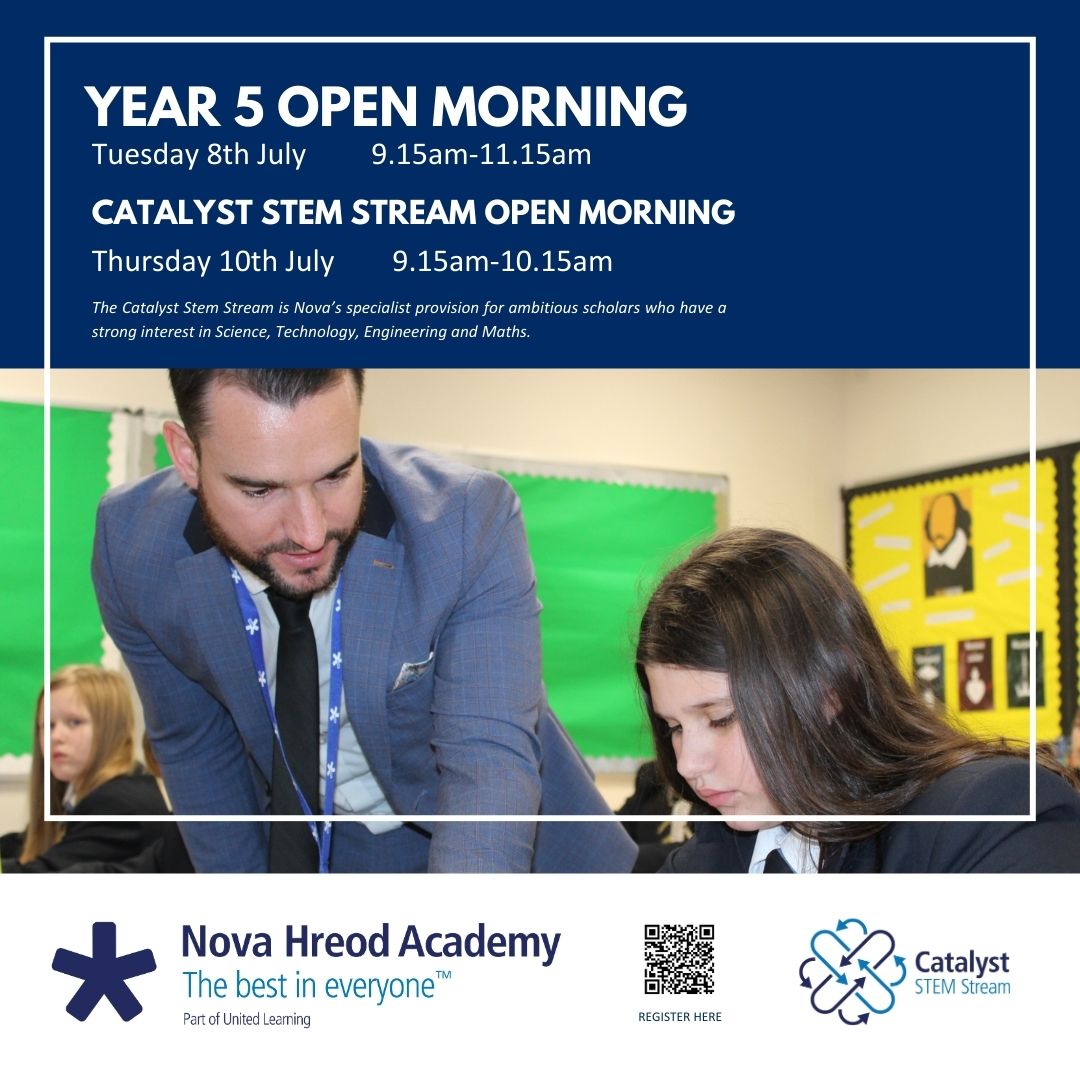Autism Spectrum Disorder (ASD), usually referred to simply as autism, encompasses a wide range of conditions that are characterized by difficulties when it comes to social skills, as well as speech and non-verbal communication. Statistics reveal that one in every 50 children is found to have ASD. Rest assured that various therapies can help your child cope with this condition, and below are some of the most effective ones.
Occupational Therapy
One of the most common, and reportedly most effective therapies for people with autism is occupational therapy. Under the sessions conducted in this program, the child will learn to be more independent. This is because the sessions are concentrated on basic life skills, such as eating or getting dressed. In this case, the therapists leverage interactive activities to develop even the motor skills of your child, such as gripping a pencil or developing body coordination. Overall, the focus of this kind of therapy greatly depends on your child’s needs.
Speech Therapy
Another type of therapy to help people with autism is speech therapy. In this program, your child will work with a speech pathologist to address any communication issues such as word articulation or sentence formation. Some even focus on the listening skills of the child. There are instances wherein the speech pathologist will work with your child independently, or with a small group of peers. This greatly depends on the skill of your child that you want to develop.
Applied Behavior Analysis (ABA) Therapy
Sometimes, certain challenging behaviors come with ASD, which can be because of their inability to articulate what they feel. For instance, your child may run out of the classroom, which can be an indication that he needs to take a break. Through this therapy, you will be able to pinpoint these challenging behaviors and teach your child a better way to communicate.
Like with other kinds of therapy, the technique in this method is in using rewards to reinforce positive behavior. The goals of the treatment may vary from one individual to another, with some focusing more on the communication skills of the child, and others more concentrated on personal care or schoolwork. Those who receive early and intensive ABA therapy have made significant and lasting progress. This therapy has several types, but the key is ensuring that the therapist you are working with is trained in applied behavior analysis.
Types of ABA
- Discrete Trial Training (DTT)
In DTT, the desired behavior is broken down into small and simple steps for the child to follow. A therapist will teach your child each of these steps in a systematic manner, using tangible reinforcements, such as a candy or a toy, for desired behavior. This has been one of the most effective techniques for helping children with autism.
- Early Intensive Behavioral Intervention (EIBI)
EIBI is one of the most effective ABA therapies for young children, usually those under five years old. This is meant to decrease tantrums, aggression, as well as self-injury. Its components include DTT as the teaching procedure as well as a one-on-one study focus. The program is customized depending on the child’s skill level.
- Pivotal Response Treatment (PRT)
PRT is a play-based treatment that is initiated by the child. The focus of this therapy is on the significant areas of your child’s development such as self-management or how to take charge of certain social situations. Some of the main goals of this therapy technique include the development of your child’s communication and language skills, as well as an increase in his positive social behaviors.
- Verbal Behavior Intervention (VBI)
The main goal of this therapy is to improve your child’s verbal skills. In this case, your child will be encouraged to learn a language by connecting words with their purposes. This helps them get their desired objects or results through the proper use of words. There are four main word types under this therapeutic technique, which includes mand, tact, intraverbal, as well as echoic.
Social Skills Class
In case you want your child to develop and practice his social skills, then the best option is for you to enroll him in a social skills class, which is often run by speech therapists or autism specialists. They provide a safe environment where children can learn and practice how to get along with each other.
In this way, they will be able to understand social situations better. More often than not, the classes are composed of interactive and fun programs that provide them with memorable cues to ask for help whenever necessary.
Therapeutic Horseback Riding
Some doctors refer to therapeutic horseback riding as hippotherapy, wherein your child will be asked to ride a horse under the guidance of a therapist. Thus, this can be considered as a physical therapy wherein the rider is required to react and adjust to the movements of the horse. Several studies show that this is effective in helping children improve their social and speaking skills, particularly those within the age range of five to sixteen. Hippotherapy can also help your child be less irritable or hyperactive.
Picture Exchange Communication System (PECS)
With PECS, your child will be taught to use images and pictures which are traded for the items or activities that they want. This program is intended for those who cannot speak or those who are difficult to understand. However, this may not be suitable for those who don’t show any interest in particular objects or activities. Various studies show that this is effective in improving the communication skills of a child, but not necessarily in enhancing his speech.
To wrap things up, there are numerous types of therapies meant to help your child cope with his condition. Occupational, speech, and ABA are only some of these therapies. There is also the option for you to look into a social skills class or therapeutic horseback riding, as well as PECS. The key is in getting to know the characteristics and personality of your child for you to be able to find the perfect therapy that will suit his needs.






